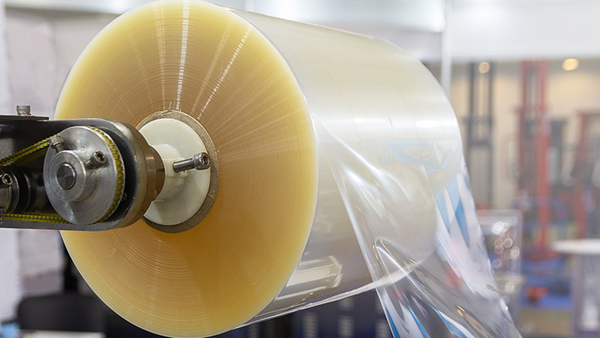Scientists Break Through the Technical Bottleneck of Regenerated Plastic Transparency

A team of engineers from the University of Wisconsin-Madison has recently developed a revolutionary solvent processing technology that successfully removes stubborn pigments from multi-layer composite plastic packaging. This achievement, published in the March 2025 issue of Science Advances, significantly enhances the commercial value of recycled plastics and marks a crucial step forward in the closed-loop recycling of plastics.
Solvent Targeted Recovery and Precipitation Technology (STRAP™)
Under the guidance of Professor George Huber in the Department of Chemical Engineering, postdoctoral researcher Tianwei Yan and doctoral student Charles Granger led the development of STRAP technology. This technology uses solvents to sequentially dissolve different materials in composite plastics and has been successfully applied to the recycling of flexible multilayer plastics such as food packaging bags and films. Such packaging is typically composed of special layers that block moisture, oxygen, and other functions, and contains various pigments added by brand owners.
Yellow 12 Becomes the 'Tiger Blocking the Road' for Transparency
Despite the continuous improvement of STRAP technology, the recycled plastic always retains a light yellow hue. The research team found through systematic testing that the culprit is the widely used organic pigment Yellow 12. Unlike other pigments that decompose or are filtered out during the recycling process, this pigment exhibits unusual stability in solvents and ultimately precipitates during the plastic drying stage, causing the yellowing.
tackle technical challenges with a dual approach
In collaboration with Professor Reid Van Lehn's team, the solvent database SolventNet was developed, through which researchers screened out the solvent system with the lowest solubility for yellow pigments. By introducing an activated carbon adsorption process and combining it with mechanical pressing to remove residual solvents, a transparent plastic indistinguishable to the naked eye was ultimately obtained. Professor Huber pointed out: 'The commercial value of transparent recycled plastics is 2-10 times that of colored plastics. This is not just an issue of appearance, but a key breakthrough in the economics of recycling.'
The technology has demonstrated potential for removing chemical contaminants such as bromides and PFAS. The research was funded by the U.S. Department of Energy's Bioenergy Technologies Office, with industrial partners including Amcor participating in the validation. As Tianwei Yan said: 'We are transforming plastic recycling from a downcycling process into a true rebirth journey.' This breakthrough opens up new pathways for the recycling of 350 million tons of plastic waste generated globally each year.
University of Wisconsin–Madison
【Copyright and Disclaimer】The above information is collected and organized by PlastMatch. The copyright belongs to the original author. This article is reprinted for the purpose of providing more information, and it does not imply that PlastMatch endorses the views expressed in the article or guarantees its accuracy. If there are any errors in the source attribution or if your legitimate rights have been infringed, please contact us, and we will promptly correct or remove the content. If other media, websites, or individuals use the aforementioned content, they must clearly indicate the original source and origin of the work and assume legal responsibility on their own.
Most Popular
-

List Released! Mexico Announces 50% Tariff On 1,371 China Product Categories
-

Nissan Cuts Production of New Leaf EV in Half Due to Battery Shortage
-

New Breakthrough in Domestic Adiponitrile! Observing the Rise of China's Nylon Industry Chain from Tianchen Qixiang's Production
-

Dow, Wanhua, Huntsman Intensively Raise Prices! Who Controls the Global MDI Prices?
-

Mexico officially imposes tariffs on 1,400 chinese products, with rates up to 50%






